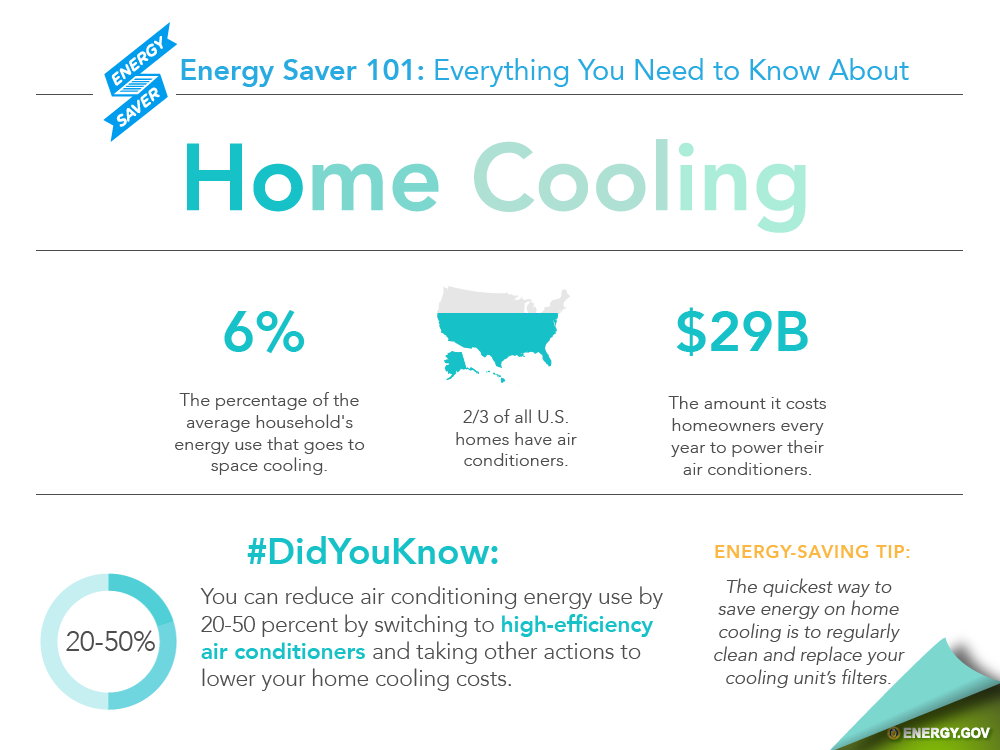Prior to the heatpump setup starts, you require to ensure your home is ready for the process. Clearing the location, examining the electric configuration, and making sure proper ventilation are important steps to take. By adhering to these first prep work, you established the stage for an effective setup. Yet what about the better details that can make a substantial distinction in the effectiveness and long life of your heatpump system? Let's check out the subtleties that can elevate your home's readiness for this important upgrade.
Clearing the Setup Area
Prior to the heat pump installation can start, it's important to get rid of the designated area extensively. Begin by getting rid of any kind of debris, clutter, or obstacles that might hinder the installment process. This consists of furniture, decors, and any other things that might hinder. Make certain the path to the installment site is clear for the installers to move tools and materials quickly.
Next, ensure that the area around the designated setup place is tidy and free of any dirt, dust, or other products that might impact the heat pump's efficiency. Sweep or vacuum cleaner the area to produce a tidy workspace for the setup team.
In addition, take into consideration offering very easy access to the installation location by removing a course from the entryway of your home to the installment area.
Assessing Electric System
Analyzing the electrical system is a critical action prior to proceeding with the heat pump installment. Begin by examining if your home's electrical panel can sustain the added load a heatpump will call for. Make sure there are enough readily available circuits to fit the heat pump which they fulfill the supplier's specifications. It's important to have a dedicated circuit for the heat pump to prevent overloading and prospective risks. If your electrical system requires upgrading, contact a specialist electrician to make the needed modifications.
Evaluate https://average-cost-to-replace-h22165.blogpixi.com/31471879/warning-signs-that-your-heat-pump-may-demand-fixing-crucial-red-flags-to-observe in your home to ensure it depends on code and can manage the needs of the new heatpump. Look out for any kind of frayed cables, loose connections, or signs of wear that may position a safety threat. Confirm that the electric outlets near the installation location are based and in good condition. If any problems are identified, have them dealt with without delay by a qualified electrical contractor.
Appropriate analysis and maintenance of your electric system will ensure a safe and effective heat pump installment procedure.
Ensuring Correct Ventilation
To guarantee a successful heat pump setup, it is essential to concentrate on proper ventilation in your house. hop over to this site assists the heatpump operate successfully and protects against air quality issues.
Before installment, check that all vents and duct are clean and unblocked. Clearing up these locations guarantees that air can move openly, maximizing the effectiveness of your brand-new heat pump system.
Furthermore, think about the placement of the heat pump system itself. It must have enough room around it to permit appropriate air flow. https://www.bhg.com/home-improvement/advice/maintenance-repair/how-to-price-repairs-inspection-report/ boosts the heatpump's performance yet likewise assists maintain a healthy and balanced indoor setting.
If required, talk to a specialist to analyze your home's ventilation demands and make any kind of essential changes. By making sure appropriate ventilation, you're setting the stage for a seamless heatpump installment process and optimum performance of your new system.
Final thought
Now that you have removed the installment area, examined the electric system, and ensured proper air flow, your home is ready for a smooth heat pump installment. By taking these actions, you have set the stage for an efficient and successful procedure. Delight in the advantages of a new heatpump system in your house, knowing that you have actually prepared your area for ideal efficiency.
